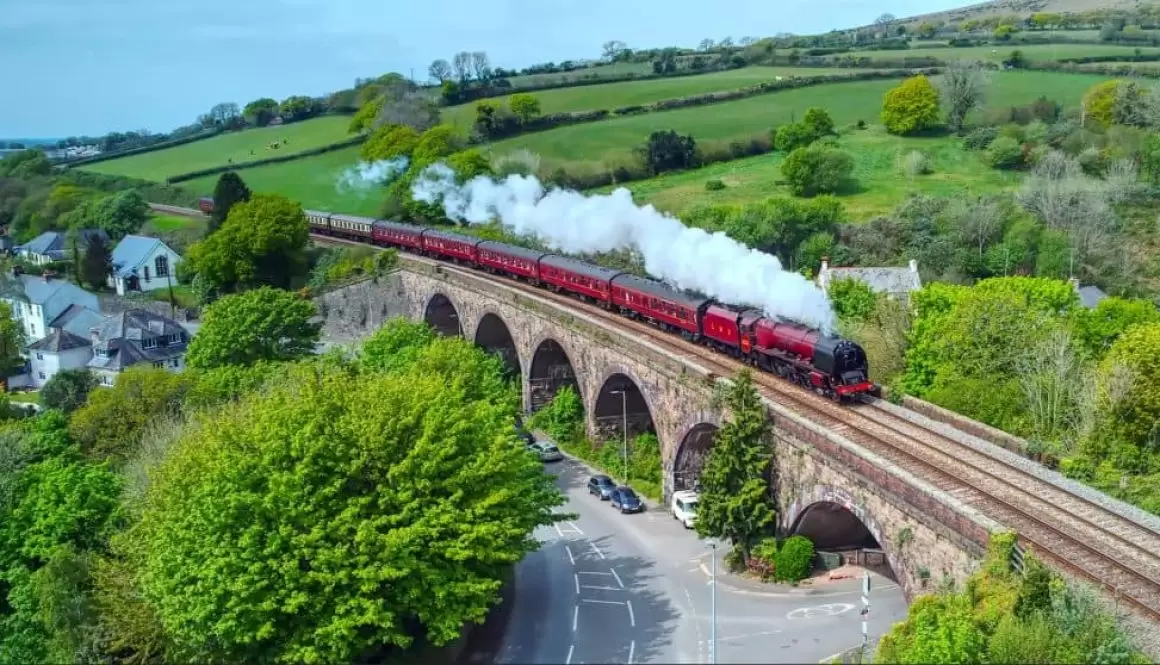John Hine and Mary Knox
John Hine and Mary Knox
John Hine
John Hine was born in Bittaford, Devon, England on 5 June 1842. His parents were Richard Hine and Susan Treeby. Their story is told on a separate page.
Mary Ann Knox
Mary Ann Knox was born in Lambhay Hill, Plymouth, Devon, England on 7 May 1840. So far as I can tell from subsequent census records she seems to have been known as “Ann” rather than “Mary”. Her parents were Nicholas Knox and Mary Butler. Their story is told on a separate page.
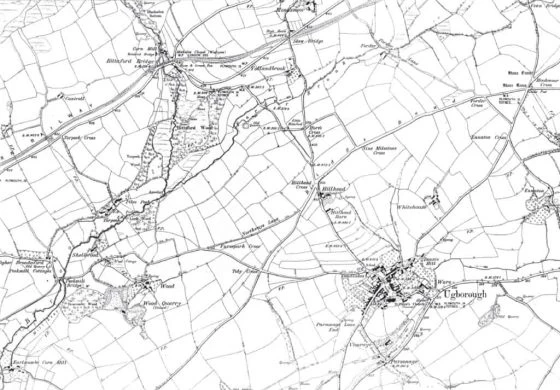
Bittaford
John Hine grew up in Bittaford on the southern slopes of Dartmoor.
The village of Bittaford is on the top left of the map opposite. The village is bisected by both the Great Western Railway and the A38.
The village of Ugborough is on the top of the hill and on the bottom right of the map.
Bittaford
The illustration opposite is a copy of the Baptismal Register from St Peter’s Church in Ugborough. It records the birth of John to Richard and Susan Hine.
His father’s occupation is shown as a labourer, presumably agricultural labourer.
Bittaford is located within the parish of Ugborough and is included in Dartmoor National Park being on the southern edge of the Moor.
The village is divided into two parts by the striking Railway viaduct, a stone stucture which replaced the original Brunel timber viaduct.
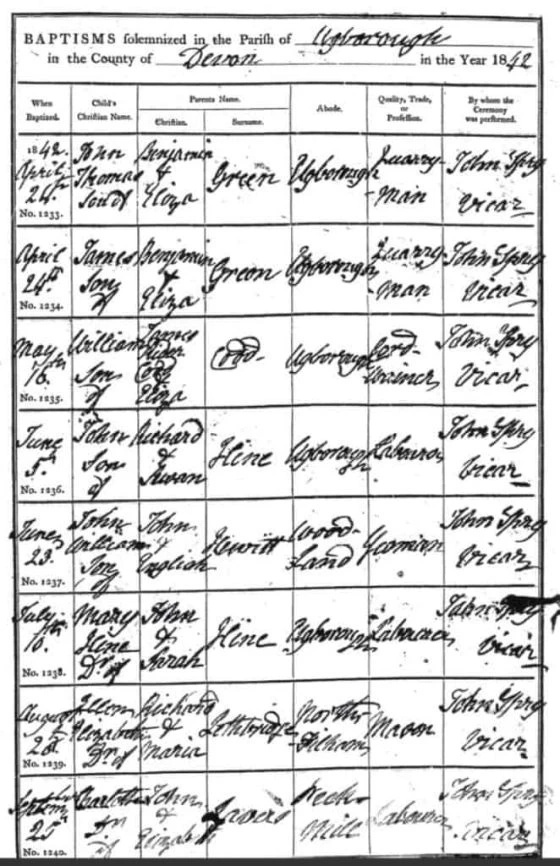
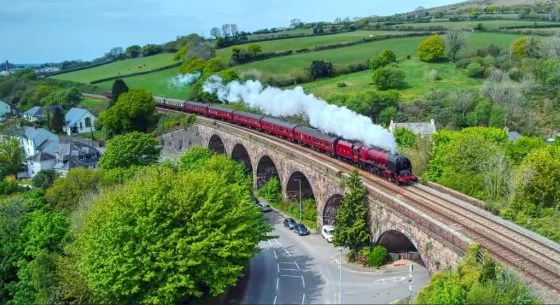
Bittaford Viaduct
The Bittaford Viaduct carries the Great Western Railway. It was originally constructed as a timber viaduct but around about 1860 it was reconstructed as a stone viaduct.
There would have been a large number of stone masons working on the viaduct and I often wonder whether John Hine watched the stone masons as a child and decided it was a career that he would enjoy. Maybe he learnt his trade working on the viaduct.
We can never know, but by 1861 he was working as a stonemason in Bittaford.
Marriage
John Hine and Mary Ann Knox were married at St Andrew’s Church, Plymouth on 10 May 1870. Shortly after their marriage they are recorded as living in High Street, Dunster, Somerset in the 1871 census.
We can only speculate on why John Hine moved to Dunster. At this time the West Somerset Railway were constructing the line between Taunton and Minehead. There would have been plenty of work for stone masons constructing bridges for the line. But that would have been itinerant work and not specific to Dunster.
George Luttrell inherited Dunster Castle in 1867 and began an extensive modernisation, backed by the considerable income from the Dunster estates.
It was fashionable during the mid-Victorian period to remodel existing castles to produce what was felt to be a more consistent Gothic or sometimes Picturesque appearance and George, a keen historian, decided to follow this trend at Dunster; in the process, he also hoped to accommodate the larger household and facilities required for a 19th-century landowner.
He employed Anthony Salvin, a noted architect then most famous for his work at Alnwick Castle, to carry out the work between 1868 and 1872. This would have provided lots of work for stonemasons, and might explain why John Hine chose to move to Dunster.
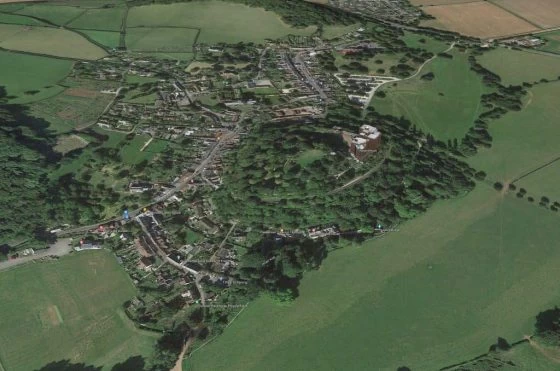
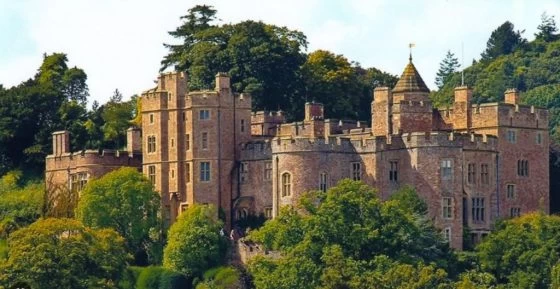
Dunster Castle
Salvin aimed to create a castle that would appear to have grown up organically over time, but still appeal to Victorian aesthetic taste. Accordingly, a large, square tower was built on the west side of the castle and another smaller tower on the east, both creating additional space but also making the castle deliberately asymmetrical.
The 18th-century chapel at the rear was demolished and replaced with another tower, alongside a modern conservatory. A variety of windows in the styles of different historical periods were inserted in the walls, while modern Victorian technology, including gas lighting-supported by a gas plant in the basement-central heating and new kitchens were installed within the castle.
John and Ann’s Family
John and Ann raised six children in Dunster and they are all included in this photograph. I believe them to be as follows: Back row, Edie, Susie, Dick and Jack. Front row – Blanche and Bessie.
I am open to correction if I have got this wrong.
John Hine’s sons Jack and Dick continues the building tradition by working as builders in Dunster.
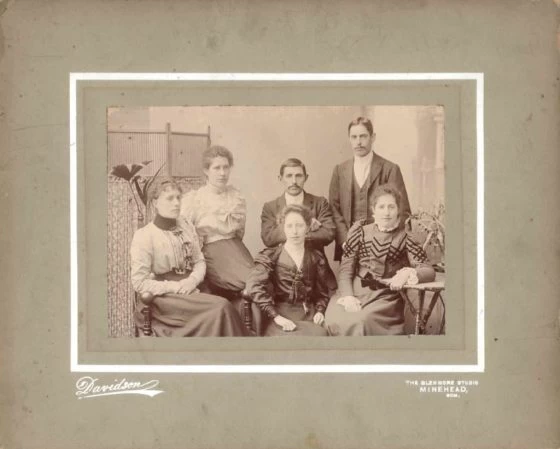
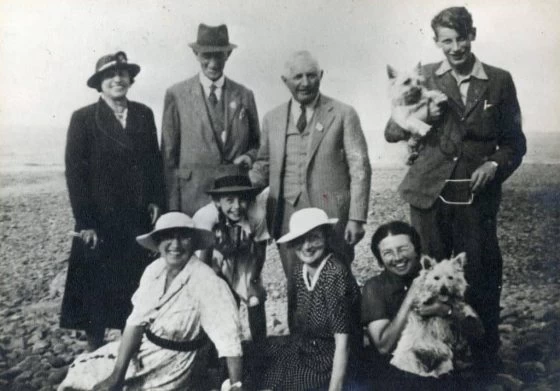
Mystery Photograph
I have included this photograph, because I need help identifying the subjects.
I believe the man standing, with the hat was Francis Turner, Bessie Hine’s husband. I thought the man in the centre looked like Ivan Hine, but his wife, Elizabeth, assured me that it wasn’t. Maybe it is Dick Hine? The man standing holding the dog has a certain resemblance to the Hitchcock family of Minehead.
Beyond that I need all the help I can get.
